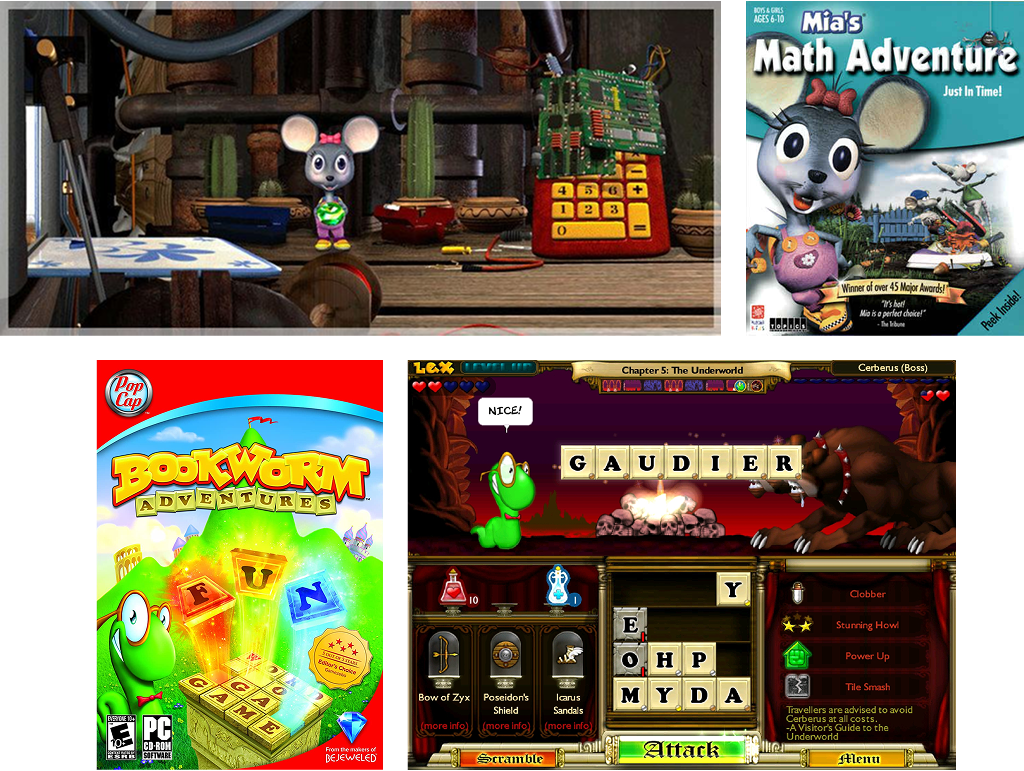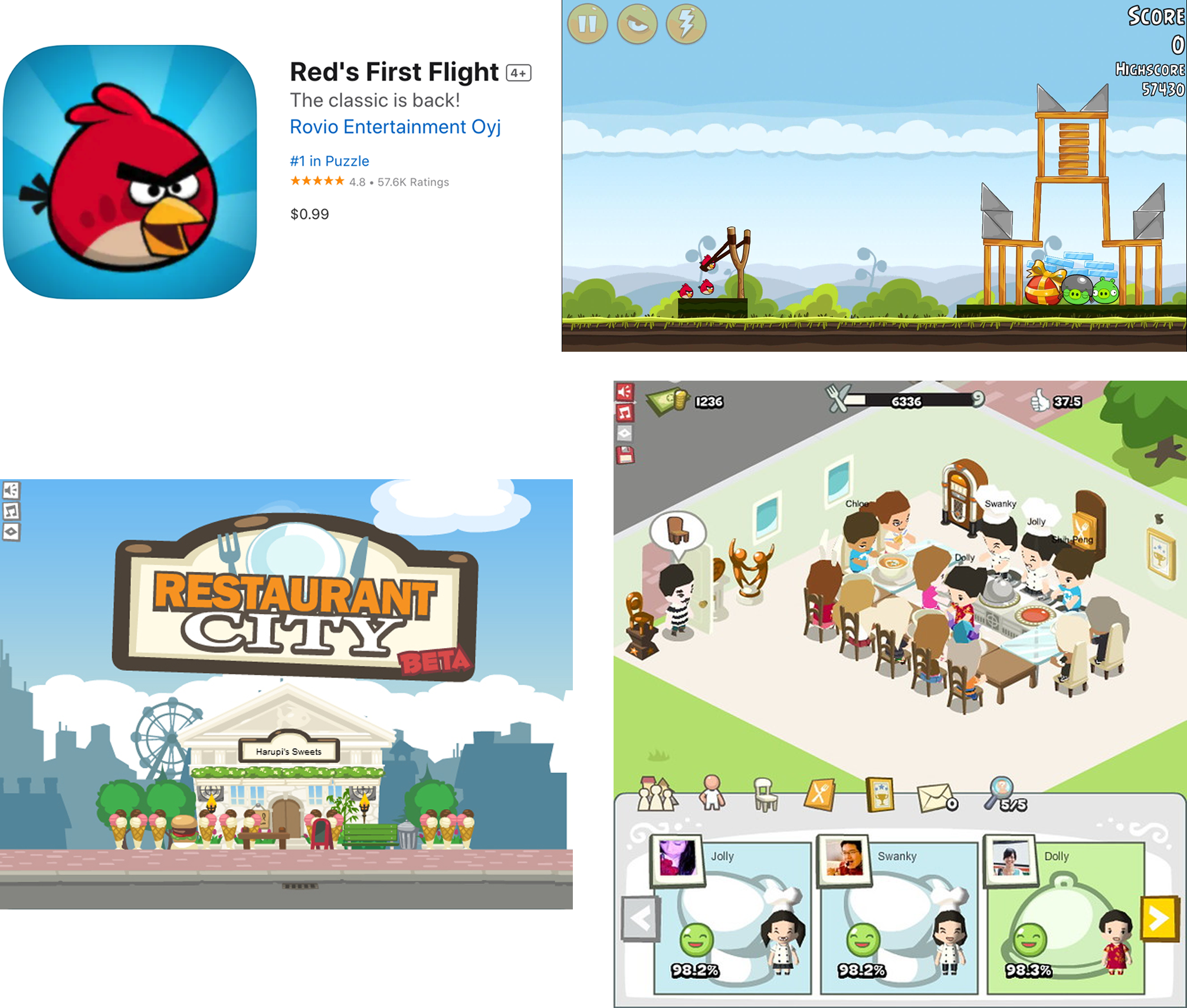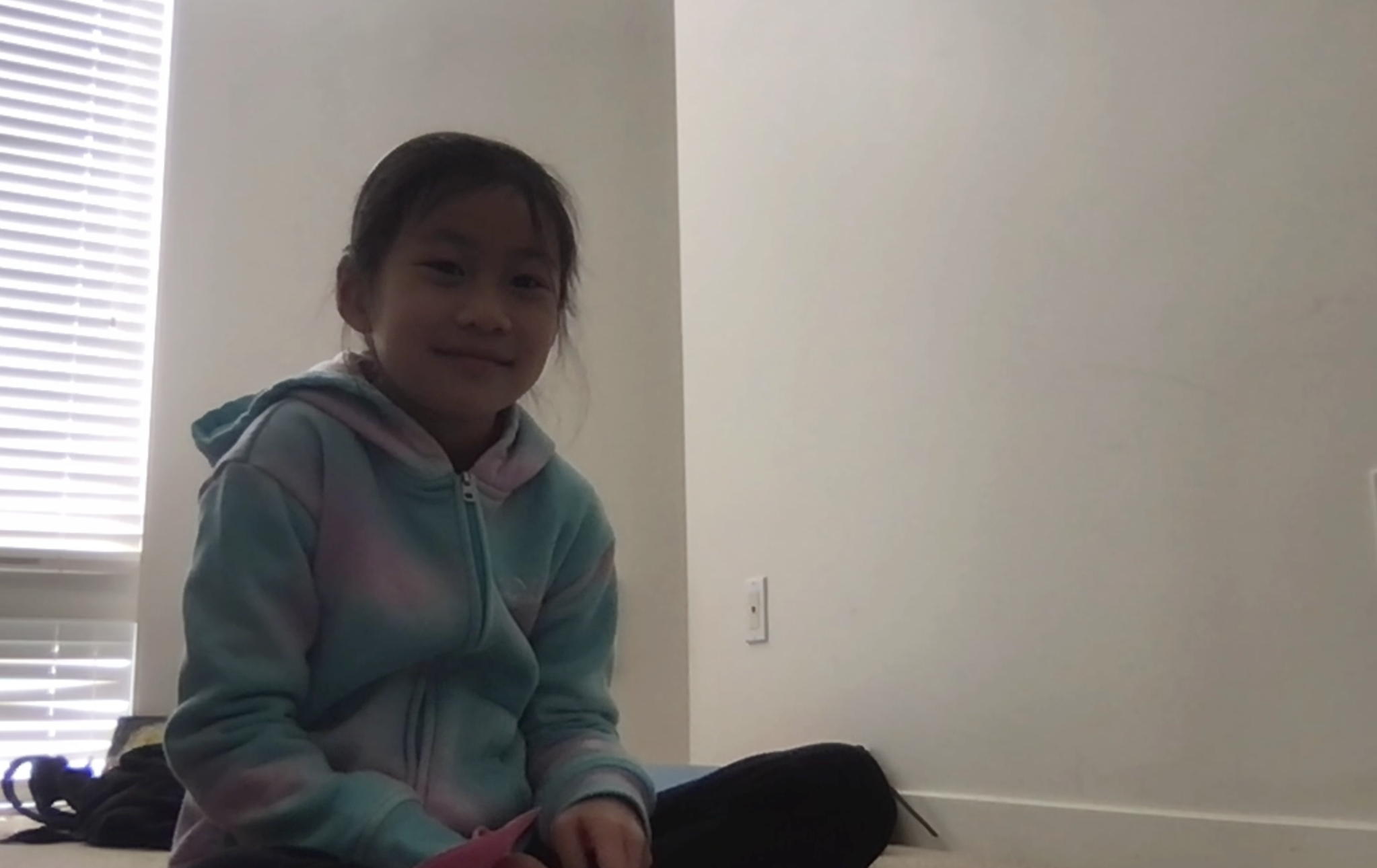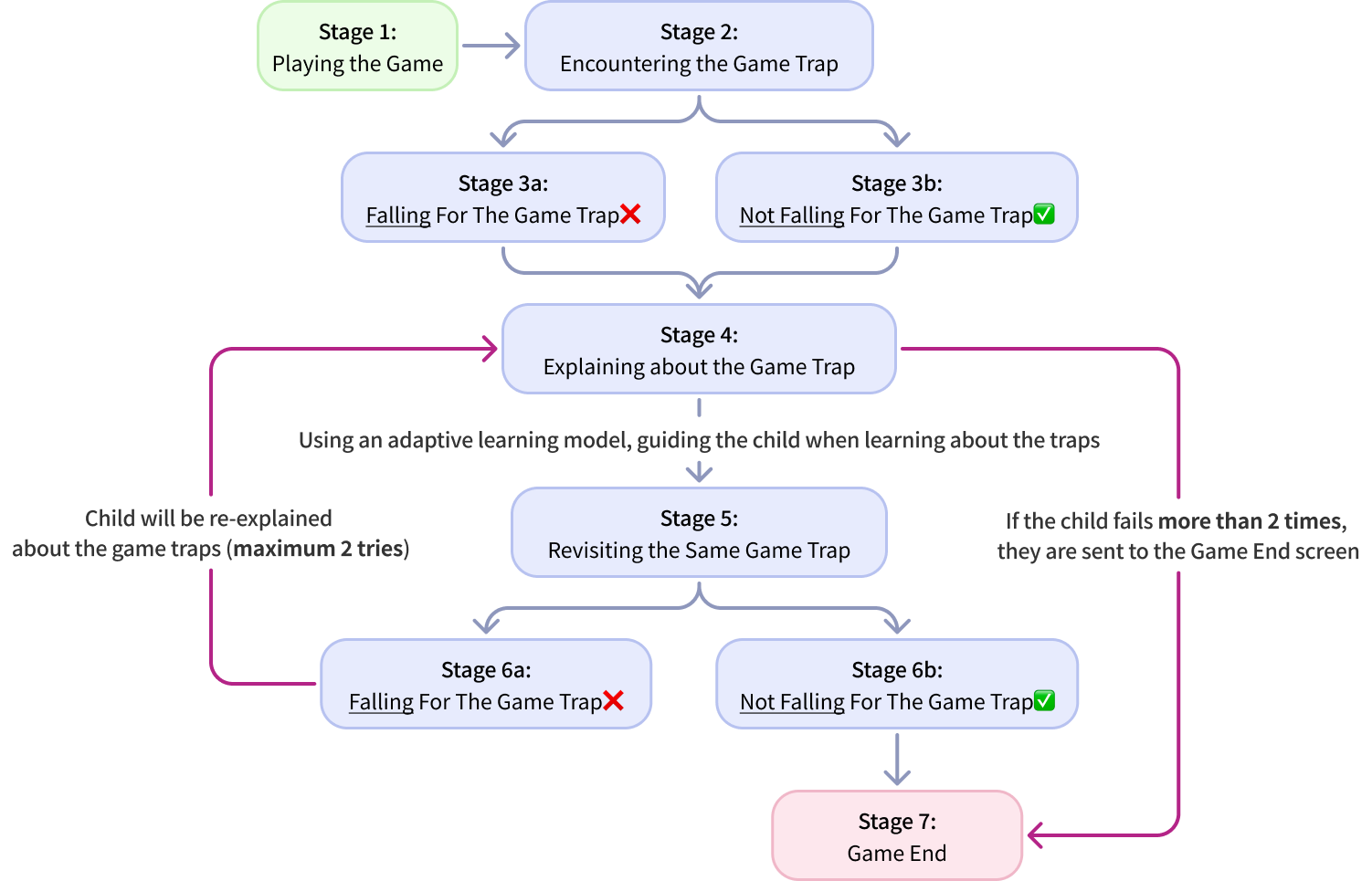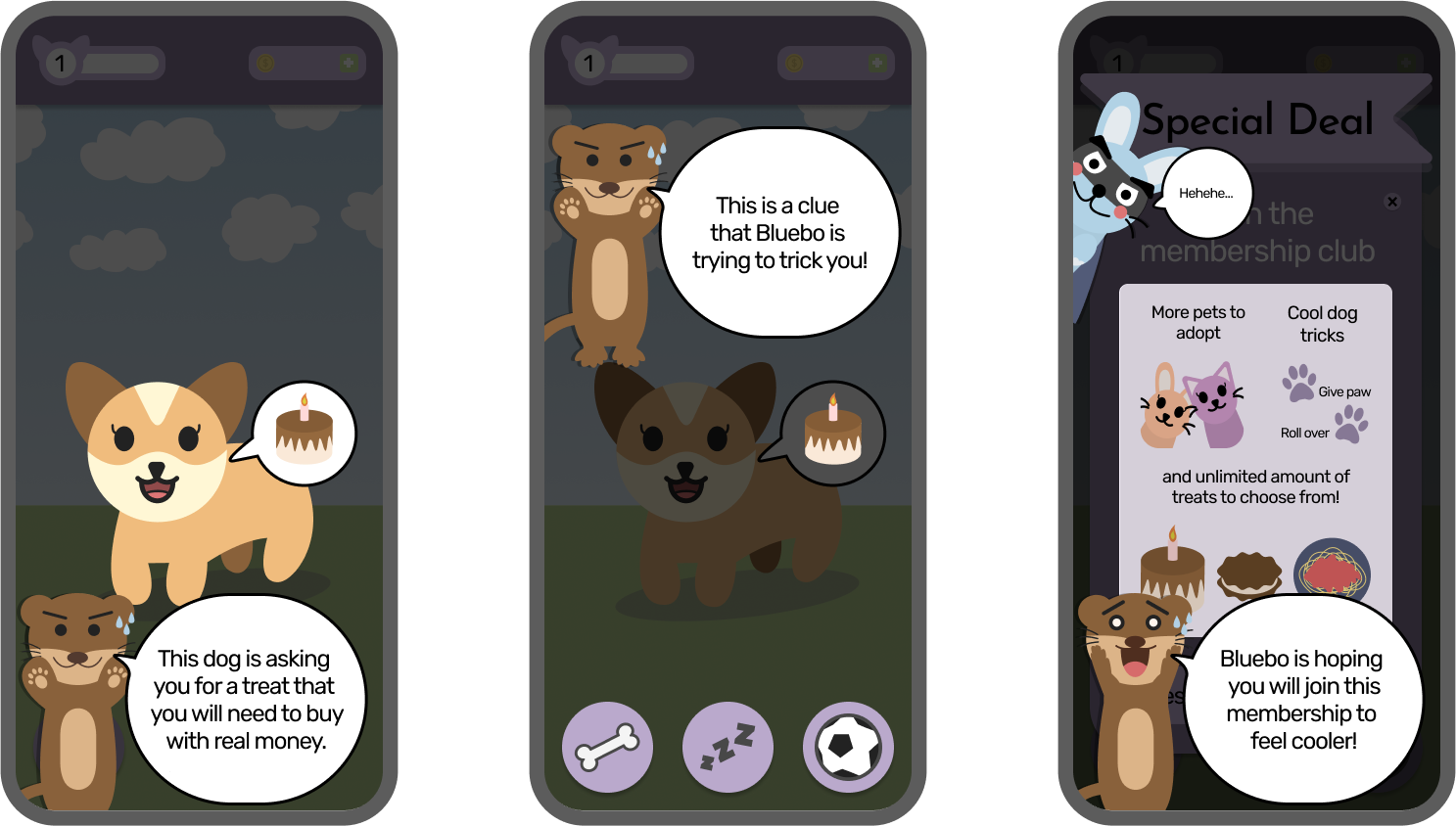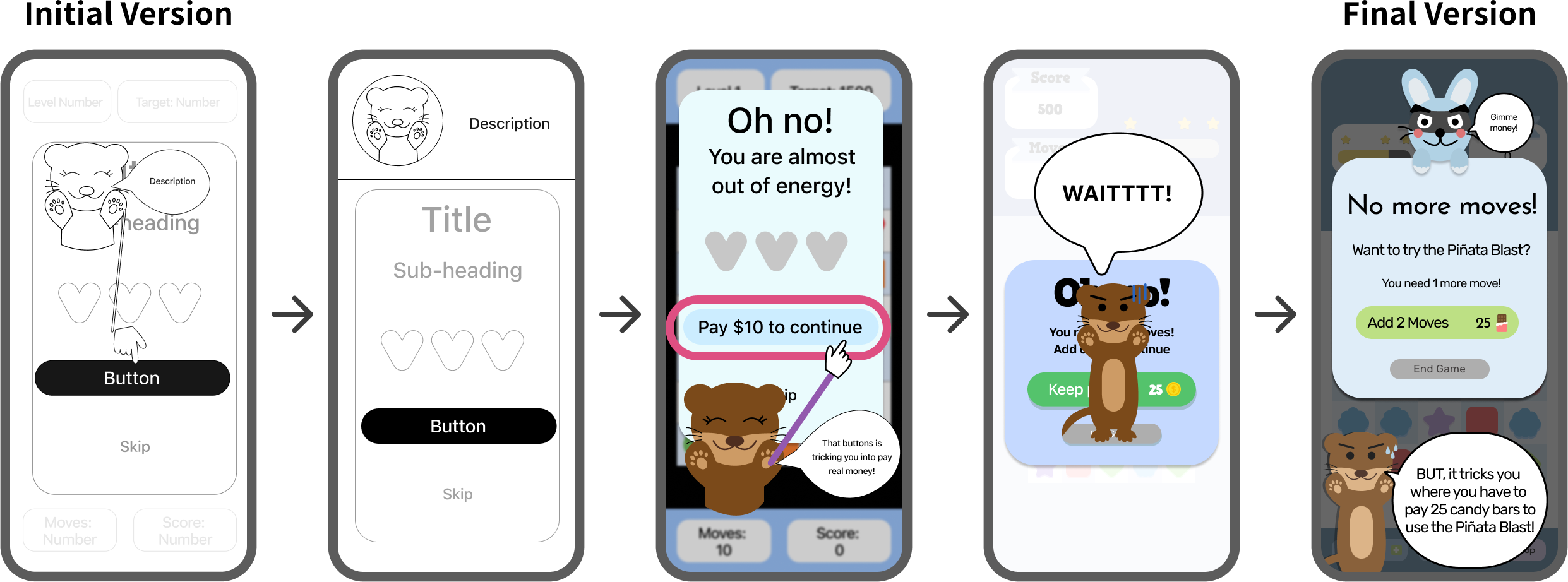Olly’s World: Learning to Outsmart Dark Patterns
Year
January 2022 – May 2023 (Full-Time)
Disciplines
UI/UX Design, User Researcher, Content Writing
Role
UX Designer, Game Designer, UX Researcher
Tools Used
Figma, Principle, Illustrator, Photoshop
My Personal Story
I’ve always enjoyed gaming, even if I wasn't the best at it. Sharing a family computer meant I could only play parent-approved titles like Bookworm Adventures and Mia’s Math Adventure: Just in Time!. Back then, I believed they were real games (spoiler: they weren’t), but those early experiences taught me more than I initially understood.
Why This Matters Today
I grew up in a time when you paid $0.99 for Angry Birds and never had to think about ads or hidden paywalls. But then came the rise of freemium gaming. When Facebook games took over, I loved Restaurant City, but its premium pop-ups were my first real lesson in dark patterns. That was my first real encounter with dark patterns in gaming.
Now? It’s everywhere. Kids are constantly bombarded with sneaky tactics that blend game mechanics with monetization traps so seamlessly that they don’t even realize they’re being manipulated.
Pain Points from Kids & Parents
Through interviews with parents and children, I learned:
● Kids🧒🏻👧🏻 felt frustrated by unexpected paywalls, ads, and manipulative in-game purchases.
● Parents🧑🧑🧒 weren’t just worried about small purchases—they were frustrated that their kids didn’t understand when they were being manipulated.
This insight shaped Olly’s World.
Turning Play into a Learning Tool
Kids learn best through guided exploration, where they can make mistakes in a safe space and reflect on their choices. Inspired by Gagné’s Nine Events of Instruction and the ARCS Model of Motivation, Olly’s World blends play, feedback, and repetition to turn deceptive gaming patterns into recognizable lessons.
Game Design: Where Fun Meets Learning
The Gameplay
Olly's World includes two games, both simulating real-life deceptive patterns in a controlled environment.
Candy Block Puzzle 🧩
Players experience “pay-to-win” mechanics firsthand, facing challenges that encourage in-app purchases—but instead of buying, they learn alternative strategies to overcome obstacles.
Happy Dog 🐶
Children engage with a virtual pet that introduces dark pattern reward loops, helping them recognize how some games intentionally delay gratification to encourage spending.
Learning Through Play
The Learning Flow: Helping Kids Outsmart Deceptive Game Tactics
Kids learn best through play—especially when the challenge is engaging and they can see their choices impact the game. Inspired by real-world mobile game tactics, Olly’s World turns deceptive patterns into teachable moments by letting kids experience, recognize, and overcome them in a safe environment.
This adaptive learning flow is grounded in educational psychology:
● Gagné’s Nine Events of Instruction → Kids first experience a problem (encountering a deceptive game trap), receive guidance (through Olly’s explanations), and apply their learning (when they face the trap again).
● Cognitive Load Theory → Lessons are broken into manageable steps, ensuring kids aren’t overwhelmed with too much information at once.
● The ARCS Model of Motivation → By making learning playful and reinforcing kids’ successes, the experience keeps them engaged rather than feeling like a lecture.
How It Works: A Playful Learning Journey
Kids don’t just learn by being told—they learn by doing. This structured learning flow ensures that children experience deceptive game patterns firsthand, reflect on their choices, and practice identifying them in a safe environment.
1
Playing the Game🎮
The game starts just like any other—fun, easy, and engaging. Kids get comfortable with the mechanics, making it feel like a real mobile game (capturing Attention in the ARCS Model).
2
Running into a Game Trap🚧
Without warning, a deceptive pattern appears—maybe an in-app purchase pop-up or an energy limit stopping progress. Kids must decide how to respond. (Relevance: They recognize this from real mobile games).
3
Do They Fall for The Game Trap?🔀
The child encounters the trap and makes a decision:
If they do❌: Olly doesn’t punish them—instead, the game explains why they fell for the trick (Cognitive Load Theory: Breaking it into digestible feedback).
If they don’t✅ : They receive positive reinforcement for recognizing and avoiding deception (supporting Confidence & Satisfaction in ARCS).
Some kids instantly recognize the trick during testing, while others only notice it after falling for it. As one child said:
4
Learning from the Trap📖
Olly doesn’t just tell kids they fell for a trap—he guides them through a fun, interactive breakdown using friendly animations, making the lesson feel like part of the game instead of a lecture.
5
A Second Chance🔄
Now that they’ve learned, they face the same deceptive pattern again—but this time, they know what to look for.
If they apply their learning and succeed ➡ They move forward.
If they struggle again ➡ They get one more round of guided feedback.
6
Do They Fall for The Game Trap?🔀
By the end, they either:
✅ Succeed in spotting deception and progress (Congrats! 🎉)
🚨 Struggle twice and get a final explanation before the game wraps up (without frustration).
Prefer a visual breakdown? The flowchart below maps out how kids interact with deceptive patterns in Olly’s World.
Designing a Playful & Accessible World for Kids
Colors & Fonts🎨
I used soft pastels and friendly, rounded typography to create a warm, approachable atmosphere. Research shows that these choices reduce visual stress and help kids process information more easily.
Intuitive UI💭
To prevent cognitive overload, I kept interaction points large and easy to tap, ensuring accessibility for young users.
Animations & Feedback🎥
Instead of static elements, I used subtle animations to make feedback more engaging. For example, whenever the child approaches a trap, Bluebo will appear on the screen.
Sound That Guides & Engages
Audio is a powerful tool in learning. Children rely on both visual and auditory feedback to reinforce understanding. To make learning more engaging, I integrated sound effects that matched game events.
Guiding Kids with Voice & Sound🔊👋🏻
When a deceptive pattern appears, Olly doesn’t just display text—he also verbally warns the player. Kids responded better to hearing Olly say, “Wait! This is a trick!” rather than just reading it.
Celebrating Sucess🎊
When kids successfully avoid a trick, they hear a positive chime and Olly’s encouraging words: “Great job! You didn’t fall for that!” This reinforcement builds confidence and strengthens memory recall.
Empowering Parents to Guide Their Kids
Many parents worry about screen time and in-app purchases but feel disconnected from what their kids are experiencing in games. I designed a parental section to bridge this gap.
Educational Dashboard📝
Parents can see what deceptive patterns their child has encountered and how well they recognized them.
Conversation Starters🗣️
The app provides tips for discussing deceptive gaming with kids, helping parents reinforce these lessons beyond the screen.
Testing & Refining for Real Kids
Designing for kids means constant iteration. I ran multiple rounds of user testing to ensure Olly’s World was both fun and educational.
Issue🛑: Kids Didn’t Recognize Traps
Early testing revealed that many kids didn’t immediately recognize deceptive patterns. Some clicked through pop-ups without hesitation, while others assumed in-game purchases were the only way to progress.
Solution🔧: Stronger Visual Cues & Direct Warnings
To help kids better recognize traps, I made two major improvements:
● Clearer visual warnings—I added animated red labels around deceptive buttons to grab attention.
● More direct guidance—Olly’s dialogue was rewritten to explicitly warn players: “This is a trick! You don’t need to pay to keep playing.”
Reflection
Key Learnings✏️
Olly’s World is more than a game—it’s a tool to help kids navigate a digital world full of hidden pitfalls. Through engaging gameplay and adaptive learning, children not only had fun but also walked away with skills to protect themselves online.
Impact📊
● Kids learned to spot deceptive patterns—85% correctly identified a trap after encountering it once.
● Better decision-making—75% of kids avoided falling for the same trick the second time.
● Stronger parent-child conversations—80% of parents reported their kids became more skeptical of in-game purchases.
● Usability improvements—misclicks on deceptive buttons dropped from 60% to 25% after UI refinements.
By testing, iterating, and refining, Olly’s World successfully turned deceptive game tactics into teachable moments, giving kids the confidence to navigate digital spaces more wisely.

